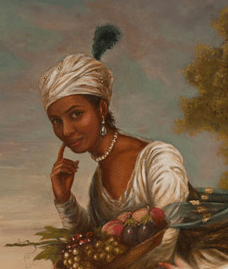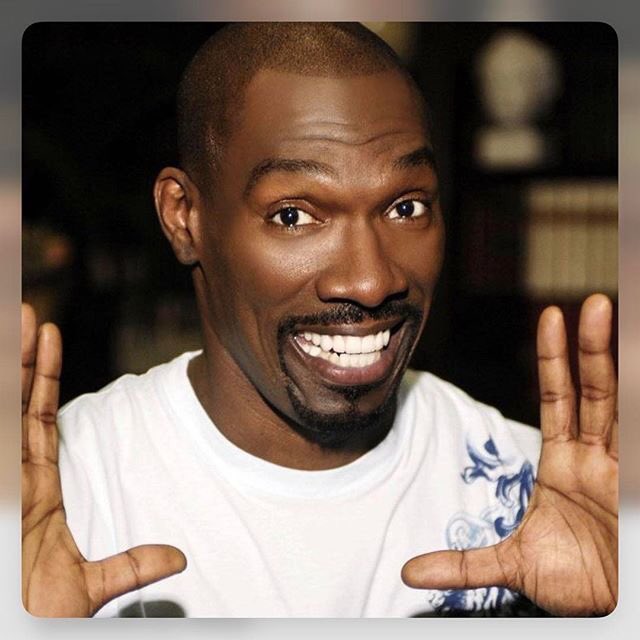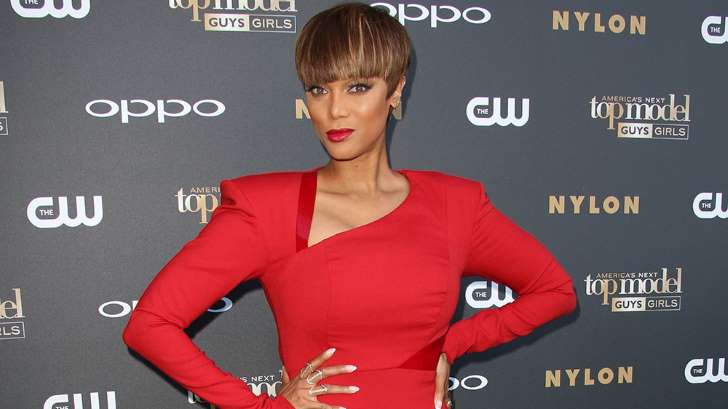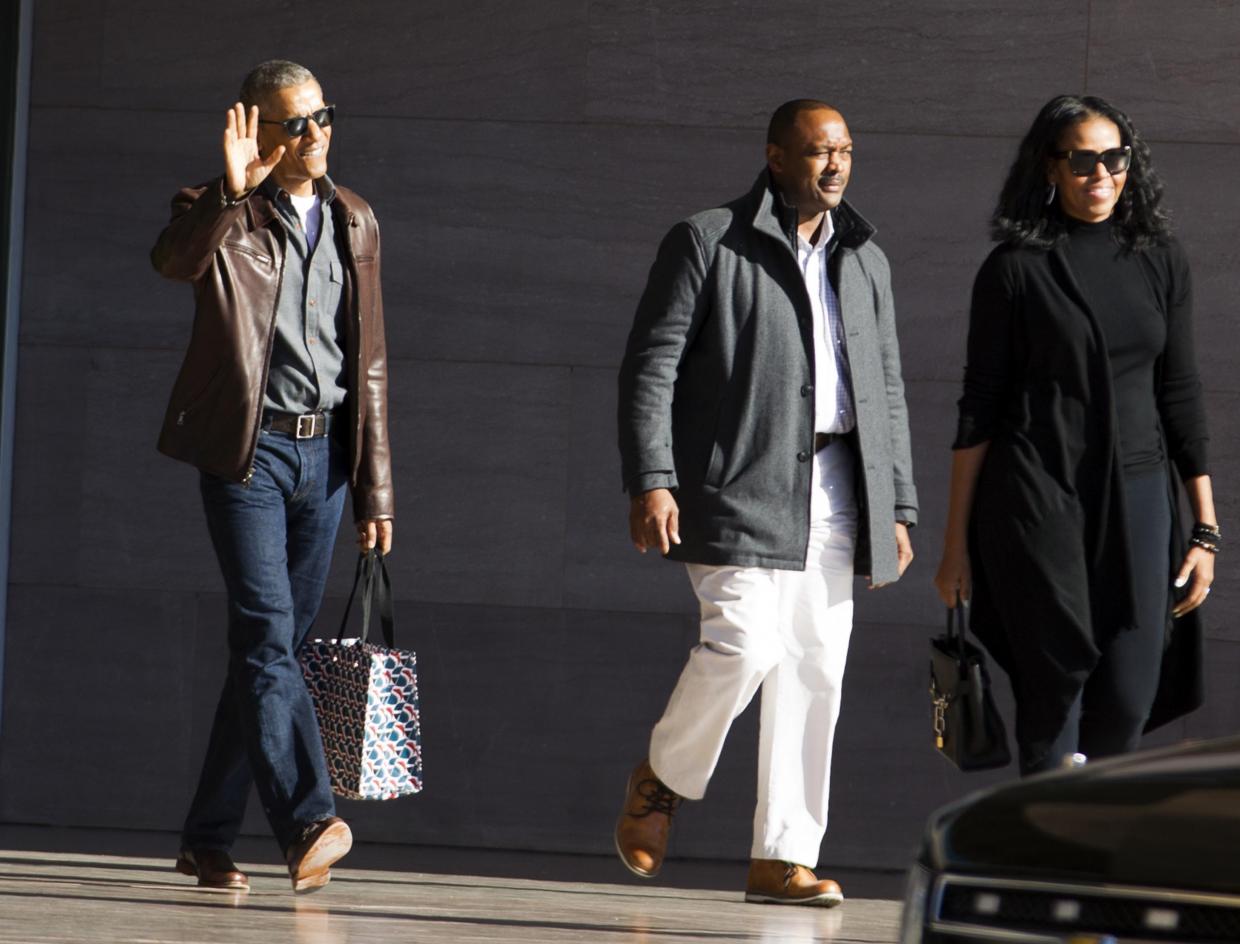Last year we reported on the upcoming film, Belle, based on the life of Dido Belle, which hits the silver screen on May 2. Dido Belle was a biracial woman![]() who lived in 18th century England and was the daughter of British Naval officer Captain Sir John Lindsay and an African woman named Maria Belle. Director Amma Asante says she was inspired to bring Belle’s story to life when she came across a 1779 painting of Belle and her cousin, Lady Elizabeth Murray, which was the first painting to showcase a black person on the same eye level as a white person.
who lived in 18th century England and was the daughter of British Naval officer Captain Sir John Lindsay and an African woman named Maria Belle. Director Amma Asante says she was inspired to bring Belle’s story to life when she came across a 1779 painting of Belle and her cousin, Lady Elizabeth Murray, which was the first painting to showcase a black person on the same eye level as a white person.
In an interview with Elle Magazine, Asante openly spoke about that discovery and more, including how black people fit into European history, feminism, and why Belle is an “UnCinderella” story. Below are highlights from Asante’s interview.
ON THE LINE IN THE MOVIE WHERE BELLE SAYS, “I DON’T KNOW THAT I FIND MYSELF ANYWHERE.”
As women![]() , haven’t we all been there at some point—where we just don’t know where we find ourselves? We don’t know where to look and find that reflection of who we truly are. For me, Belle is a movie about instinct versus conditioning. Every character, including Dido and quite clearly Lord Mansfield, has to battle that conflict in themselves. But this is also a story which begs the question, “Who defines us—society or us?” If I say, “I’m an amazing director,” and society and the critics say, “No, you’re not,” what does that mean to my chances if I have the drive in myself to be successful? If Dido is a black woman who speaks like a lady, walks like a lady, talks like a lady but doesn’t look like one we’ve seen before, and society says, “No, you’re not,’” does that mean she isn’t a lady? And if all of society says, “You are a lady,” and she doesn’t feel like one because she feels like a child of a slave—what is the most important? That’s the question I feel like I’m trying to negotiate throughout the entire film.
, haven’t we all been there at some point—where we just don’t know where we find ourselves? We don’t know where to look and find that reflection of who we truly are. For me, Belle is a movie about instinct versus conditioning. Every character, including Dido and quite clearly Lord Mansfield, has to battle that conflict in themselves. But this is also a story which begs the question, “Who defines us—society or us?” If I say, “I’m an amazing director,” and society and the critics say, “No, you’re not,” what does that mean to my chances if I have the drive in myself to be successful? If Dido is a black woman who speaks like a lady, walks like a lady, talks like a lady but doesn’t look like one we’ve seen before, and society says, “No, you’re not,’” does that mean she isn’t a lady? And if all of society says, “You are a lady,” and she doesn’t feel like one because she feels like a child of a slave—what is the most important? That’s the question I feel like I’m trying to negotiate throughout the entire film.
ON BELLE BEING A KEY FIGURE IN BRITISH HISTORY AND WHETHER SHE AND HER FUTURE HUSBAND (LAWYER JOHN DAVINIER) CONTINUED TO BE A FORCE IN POLITICS
Not really. They got married and had sons, but they didn’t marry until Lord Mansfield died. We can never be sure that Dido felt she couldn’t leave Kenwood, the Mansfield manor house, until he died. It was very important to leave the film on a triumphant note—Lord Mansfield’s stunning judicial blow against slavery. That’s what happened in real life, so there was a real sense of commitment, loyalty, and love on her part. That’s what brought me to the movie.
ON TACKLING THE INFAMOUS ZONG MASSACRE IN WHICH 143 SLAVES WERE RUTHLESSLY THROWN OVERBOARD FOR THE INSURANCE MONEY, IN THE FILM
My dad died the night before we shot those scenes, so that father-daughter element of the story was so important for me to get right, and so important that we understand that this wasn’t just a moment for the larger story. It was also important for the personal story, the relationship between this unexpected daughter and a kind of paternal figure that we’ve never seen on film or TV. We’ve never seen a white guy love a black child![]() in this way on screen before. And it’s not a slave owner/slave scenario. Lord and Lady Mansfield (Emily Morton) had no children, so it’s a proper paternal relationship in which he adores and loves her as his own child—just as they love and adore Elizabeth (Belle’s white cousin, played by Sarah Gadon, who was also brought up in the Mansfield household) as well. For me, it was really important that we do not see this as a Cinderella fable. This isn’t a rags-to-riches story in that way. Dido’s development, her coming of age and going from girl to woman, and her political awakening with John Davinier, parallels the story of the Zong.
in this way on screen before. And it’s not a slave owner/slave scenario. Lord and Lady Mansfield (Emily Morton) had no children, so it’s a proper paternal relationship in which he adores and loves her as his own child—just as they love and adore Elizabeth (Belle’s white cousin, played by Sarah Gadon, who was also brought up in the Mansfield household) as well. For me, it was really important that we do not see this as a Cinderella fable. This isn’t a rags-to-riches story in that way. Dido’s development, her coming of age and going from girl to woman, and her political awakening with John Davinier, parallels the story of the Zong.
ON INTERWEAVING RACE AND MONEY AND BELLE CHOOSING TO MARRY AN EDUCATED COMMONER, WHICH WAS UNHEARD OF AT THE TIME
In her own journey Dido has to come to terms with who she is as a woman, who she is as a biracial woman, who she is as the child of a slave she never had a chance to know and an aristocratic family who against all odds wanted her to be safe and thrive. You know, someone who is half-black and half-white is half of many things: a wealthy woman in a complex society where nobody looks like her, and most difficult, not to have her seeming to be asking for more, when actually what she’s asking for is equality.
Check out the trailer for “Belle” below. Are you excited to see this movie?
– See more at: http://madamenoire.com/414125/amma-asante/#sthash.BWGm9gxp.dpuf










